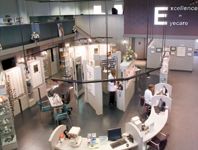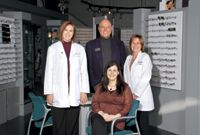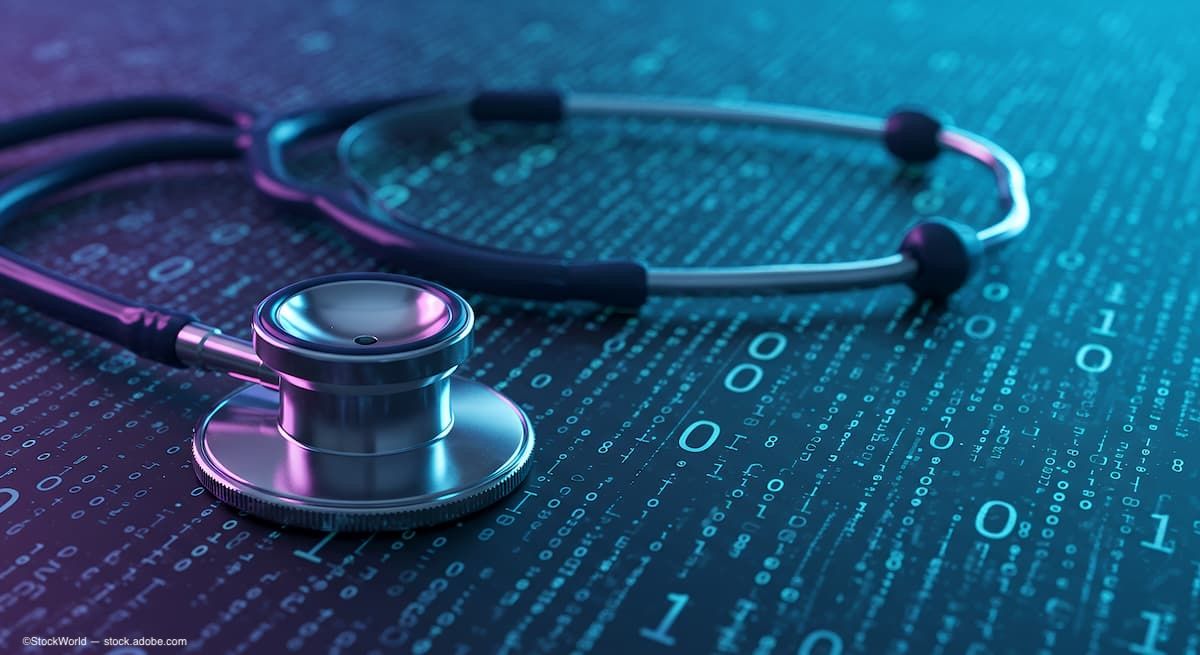Article
Office of the future sets good example
As 2008 is well under way, and it is well into the new millennium, it may be time to make some practice updates. J.C. Noreika, MD, has proudly termed his practice the "office of the future" because of new advancements such as voice recognition, electronic medical records (EMRs), and a refraction system.

While examining patients, Dr. Noreika speaks into a microphone that is part of a headset. Whatever he says during the exam is typed into an electronic chart, which can be seen on the screen of a laptop as he speaks.
"The technology is called voice recognition, and it can recognize ophthalmology phrases," said Dr. Noreika. It is as if his voice is typing the words onto the computer screen instead of his hands. Anything he says, such as the visual acuity of a patient, is recorded in an electronic chart that can be saved in the practice's computer files.
The voice recognition frees up a physician's hands, and the EMR eliminates paper. Without going through cabinets and folders to pull up someone's charts, Dr. Noreika is able to look up the most recent appointment just by clicking on one of the options the EMR provides.

The templates on the EMR identify the chief complaints to Dr. Noreika, such as whether the patient is experiencing hazy vision, whether it is in the left or right eye, and whether it is fixed or constant.
"I am able to see what we have done before. I can review it at home, as well, because I am connected to the server," said Dr. Noreika. That is another perk of the system-being able to access files at home, not just in the office, he said.
One of the most beneficial aspects of this system is that Dr. Noreika can fax referrals directly from the EMR to other doctors. The patients then can start the process of setting up an appointment with another doctor as soon as they are done with their exam. Although referrals can be e-mailed from the EMR as well, not all practices use that medium as a means to receive referrals.
The practice is a beta site for document management software (ChartLogic). "The document management software is like an extension of the EMR," said Dr. Noreika. "It allows me to access tests, such as visual fields and scanned documents, from the old paper charts. The system allows access whenever."
One of the most futuristic-looking machines in the office is the refraction system (EPIC 5100, Mar co). This machine saves time and space for the doctor by taking visual acuity, automated refraction, manifest refined refraction, corneal topography wavefront analysis, and keratometry readings all in one place. Also, its readings are more accurate than those of the traditional phoropter, Dr. Noreika said.
Newsletter
Don’t miss out—get Ophthalmology Times updates on the latest clinical advancements and expert interviews, straight to your inbox.




